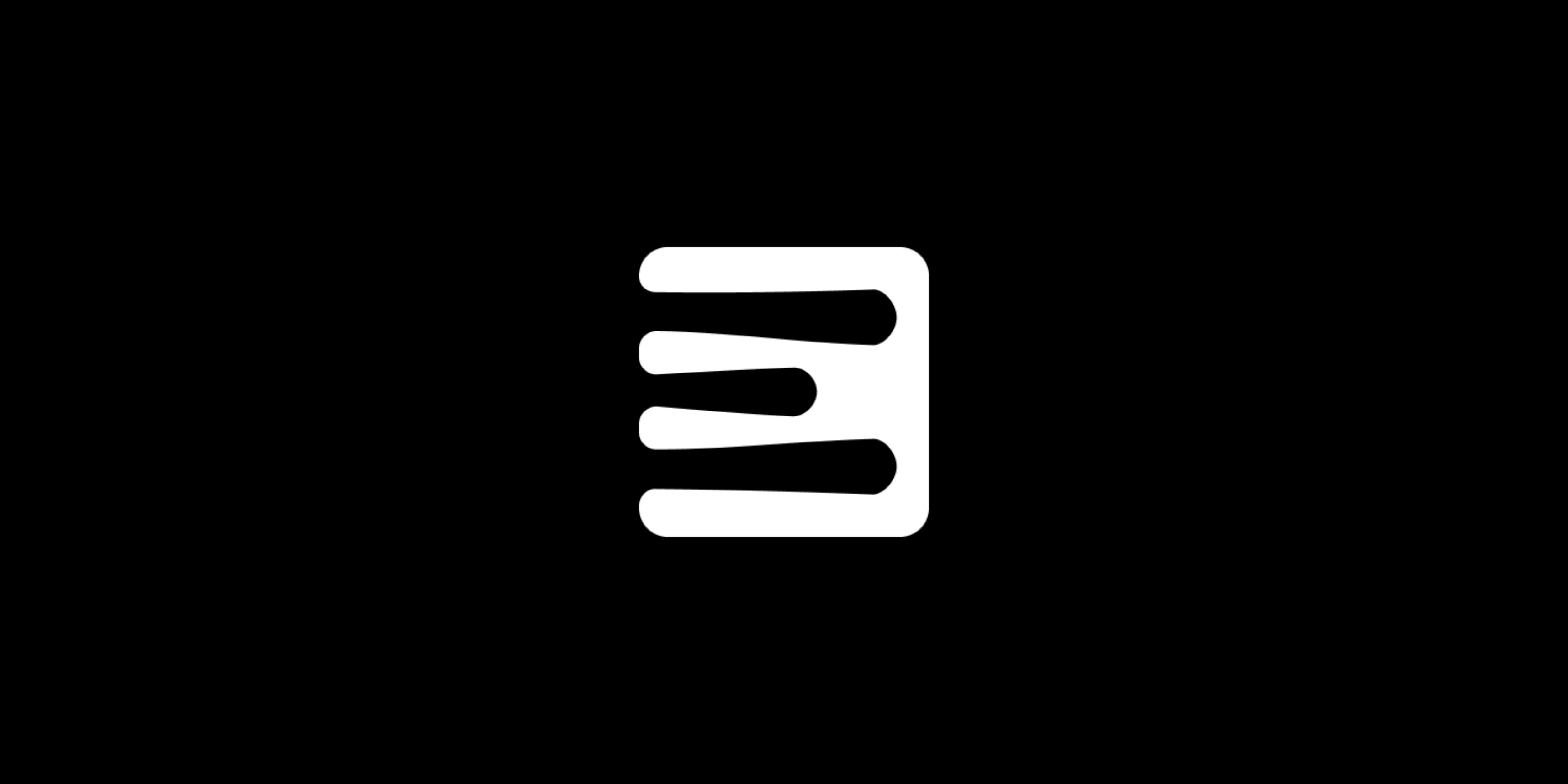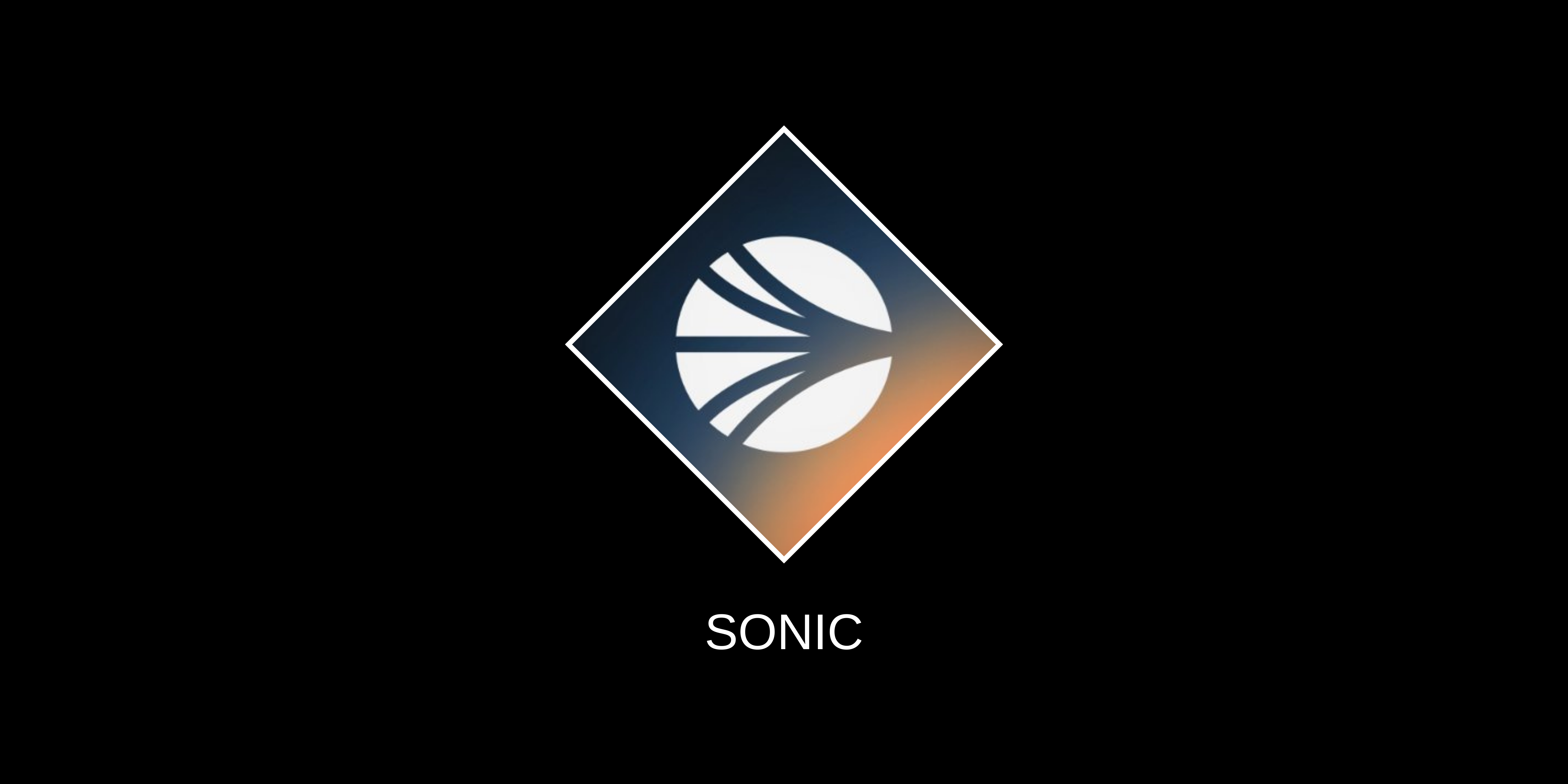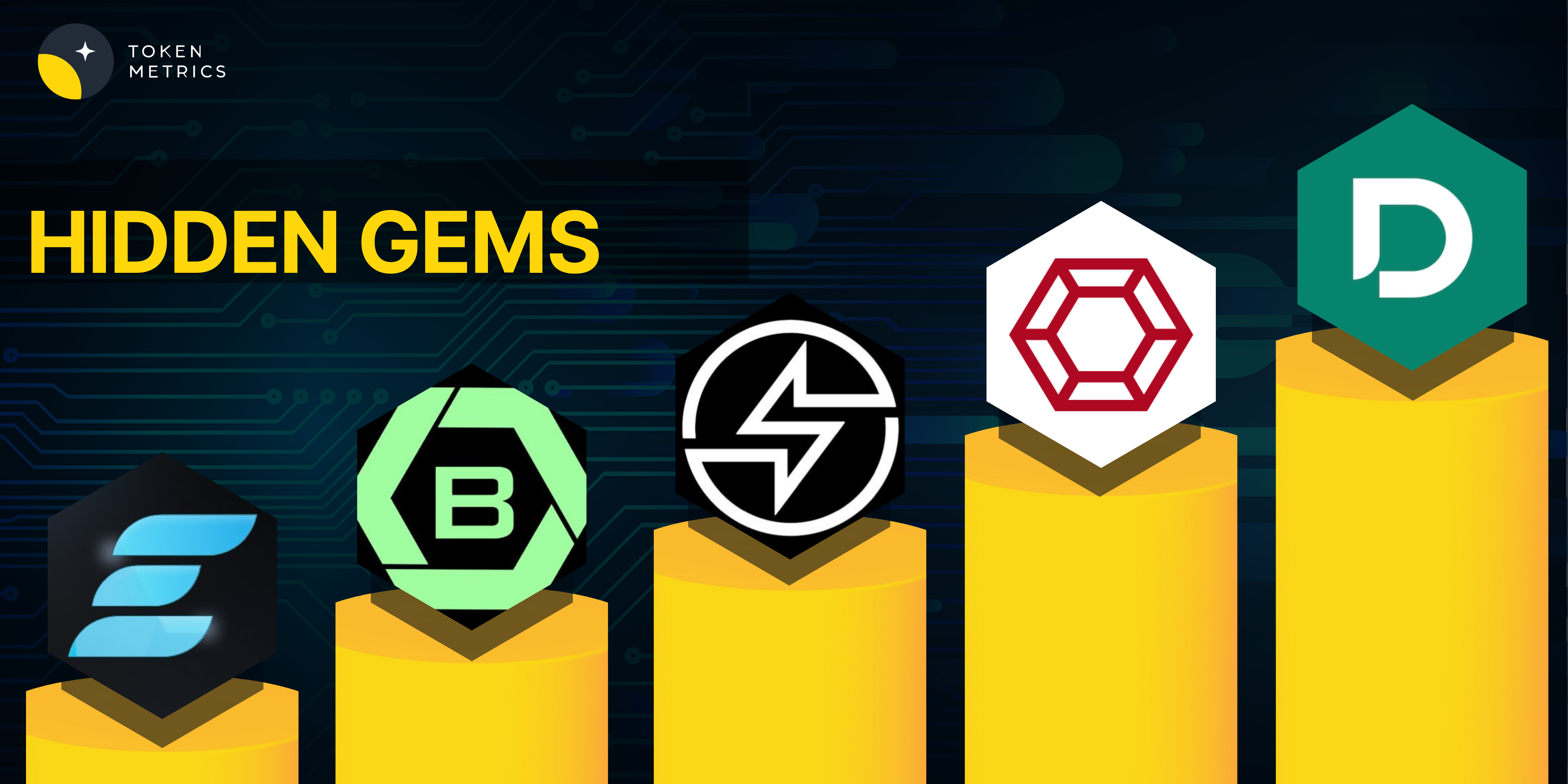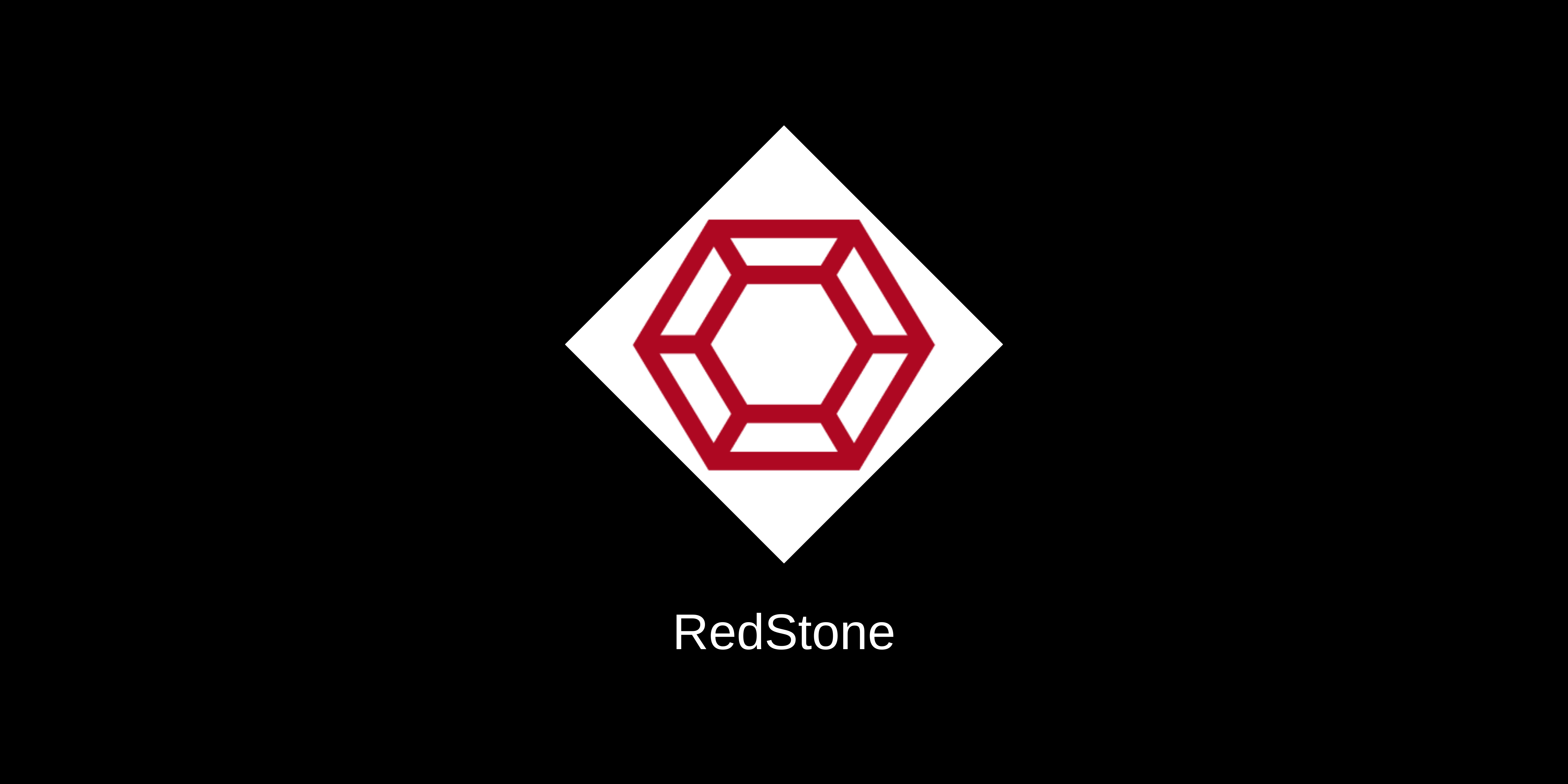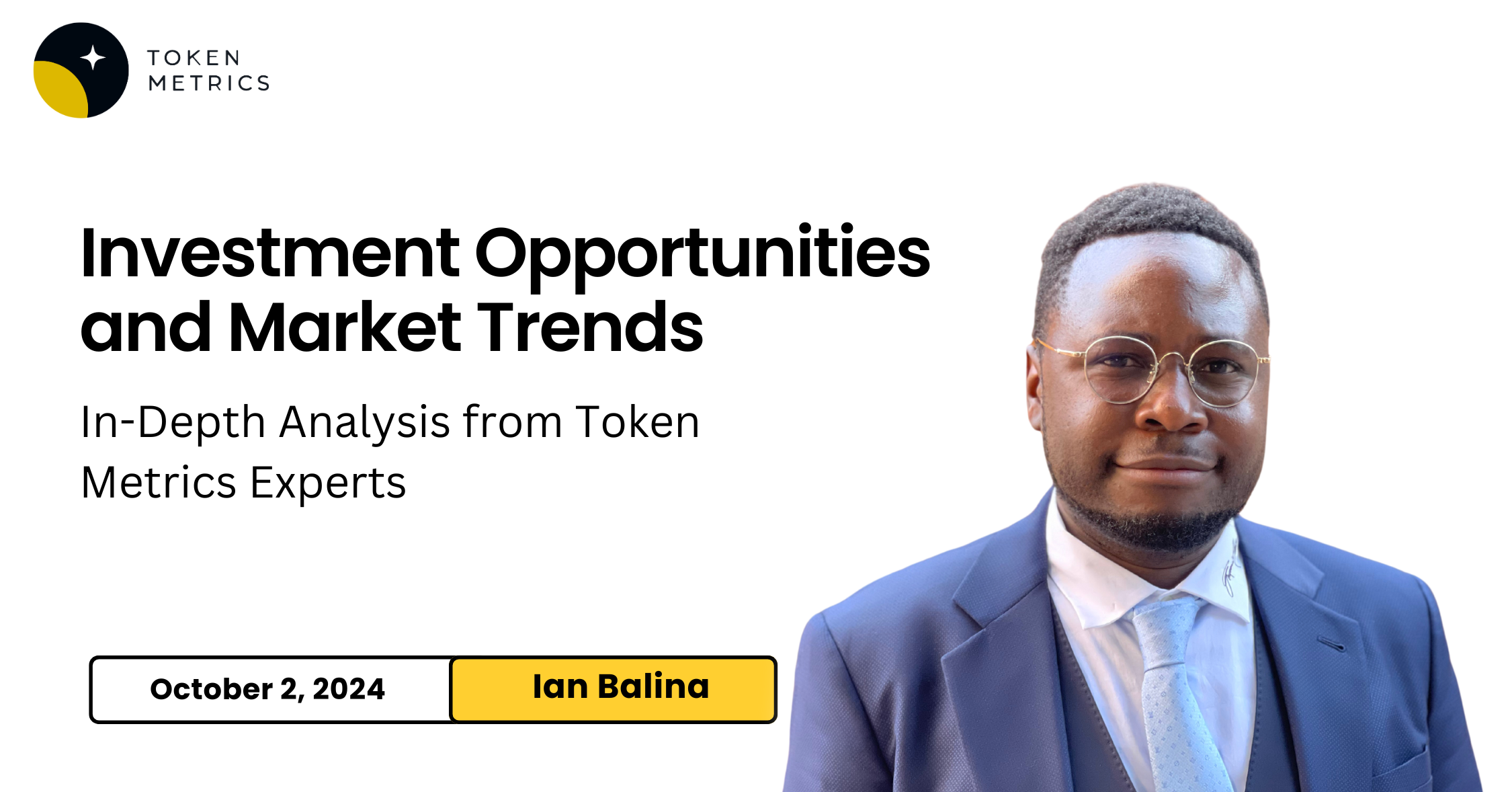Introduction
Essential is an innovative blockchain project pioneering a shift from traditional value extraction models toward an intent satisfaction economy. Essential introduces a groundbreaking approach as the first declarative, intent-centric layer-2 blockchain, focusing on optimizing outcomes based on user-defined intent. This review objectively assesses Essential’s innovation, architecture, code quality, roadmap, usability, and team dynamics to overview its potential impact.
Innovation
Essential’s fundamental innovation lies in its intent-based infrastructure, a novel paradigm where users define their desired outcomes rather than prescribing the steps required to achieve them. The platform’s declarative blockchain model allows developers and users to constrain solution spaces for optimal outcomes. This shift from an imperative execution model to one based on constraint programming is a bold step forward, promising a more user-centric and efficient blockchain experience. Essential’s unique architecture challenges the traditional approach of consensus-heavy execution, focusing instead on state validation based on predefined constraints.
Architecture
The architecture of Essential is built around constraint programming, a subset of declarative programming. Contracts, predicates, and constraints are the core components of the system. Contracts manage state, predicates define conditions for state changes, and constraints ensure that only valid state mutations are accepted. This executionless model reduces overhead, bypassing the need for consensus on every transaction while maintaining security and verifiability. Essential operates as an optimistic rollup on Ethereum, making it scalable and adaptable within the Ethereum ecosystem.
Code Quality
While the project is still in its developmental phase, Essential’s use of “Pint,” a constraint-based Domain-Specific Language (DSL), highlights its focus on simplifying code for developers. Pint allows developers to define constraints instead of writing imperative code, making it easier to develop complex applications. The DSL’s design aligns with other constraint modeling languages, offering familiarity for developers in this space. However, a thorough audit and ongoing code review processes will be critical as the project evolves, mainly as it introduces innovative mechanisms that depart from established blockchain models.
Product Roadmap
Essential’s ambitious roadmap aims to build core infrastructure components, including an intent standard for Ethereum and a fully intent-centric protocol. As the first declarative blockchain, its vision extends beyond just facilitating transactions—it seeks to redefine how blockchains manage state, optimize outcomes, and interact with users. The roadmap’s success will depend on continued developer engagement and the adoption of intent-centric frameworks across the broader Ethereum ecosystem. Key milestones will likely include expanding the Pint DSL’s functionality and refining the state validation process through constraints.
Usability
By focusing on intent-based interaction, Essential simplifies blockchain usability for end users. Users no longer need to understand or manage the underlying steps involved in smart contract execution. Instead, they define their goals, and the blockchain ensures they are met within specified constraints. For developers, using Pint provides a straightforward way to build and maintain applications, removing the complexity of traditional smart contract execution while enhancing flexibility. Usability enhancements will likely improve as the platform matures, though much depends on how well developers and users adapt to this new paradigm.
Essential Team
While specific details on the team behind Essential are limited, the project’s innovative approach indicates a deep understanding of blockchain technology and declarative programming. The team’s ability to build trust and demonstrate technical competence will attract developer and user adoption. Collaboration with the Ethereum community and other intent-focused initiatives could further accelerate Essential’s growth and credibility.
Conclusion
Essential represents a significant step forward in blockchain design, introducing a declarative, intent-based approach that removes the need for execution-heavy models. By leveraging constraints to optimize outcomes, Essential has the potential to streamline blockchain interactions for both developers and users. While the project’s architecture and code quality show promise, its long-term success will depend on executing its ambitious roadmap and widespread adoption of its novel approach. Essential could pave the way for more efficient and user-focused blockchain ecosystems.
| Initial Screening | |||
| Keep researching | |||
| Does this project need to use blockchain technology? | Yes | ||
| Can this project be realized? | Yes | ||
| Is there a viable use case for this project? | Yes | ||
| Is the project protected from commonly known attacks? | Yes | ||
| Are there no careless errors in the whitepaper? | Yes | ||
| Project Technology Score | |||
| Description | Scorecard | ||
| Innovation (Out Of 11) | 11 | ||
| How have similar projects performed? | Good | 2 | |
| Are there too many innovations? | Regular | 2 | |
| Percentage of crypto users that will use the project? | Over 11% | 3 | |
| Is the project unique? | Yes | 2 | |
| Architecture (Out of 12) | 10 | ||
| Overall feeling after reading whitepaper? | Good | 2 | |
| Resistance to possible attacks? | Good | 2 | |
| Complexity of the architecture? | Not Too Complex | 2 | |
| Time taken to understand the architecture? | More than 1 hour | 0 | |
| Overall feeling about the architecture after deeper research? | Good | 4 | |
| Has the project been hacked? | No | 0 | |
| Code Quality (out of 15) | 14 | ||
| Is the project open source? | Yes | 2 | |
| Does the project use good code like C,C++, Rust, Erlang, Ruby, etc? | Yes | 2 | |
| Could the project use better programming languages? | No | 0 | |
| Github number of lines? | More than 10K | 1 | |
| Github commits per month? | More than 10 | 2 | |
| What is the quality of the code? | Good | 2 | |
| How well is the code commented? | Outstanding | 2 | |
| Overall quality of the test coverage? | Good | 1 | |
| Overall quality of the maintainability index? | Outstanding | 2 | |
| When Mainnet (out of 5) | 5 | ||
| When does the mainnet come out? | 6 months after TGE | 5 | |
| Usability for Infrastructure Projects (out of 5) | 3 | ||
| Is it easy to use for the end customer? | Medium | 3 | |
| Team (out of 7) | 6 | ||
| Number of active developers? | 5+ | 2 | |
| Developers average Git Background? | Intermediate | 1 | |
| Developers coding style? | Solid | 3 | |
| Total Score (out of 55) | 44 | ||
| Percentage Score | |||
| Innovation | 20.00% | ||
| Architecture | 18.18% | ||
| Code Quality | 25.45% | ||
| Mainnet | 9.09% | ||
| Usability | 5.45% | ||
| Team | 10.91% | ||
| Total | 89.09% |

